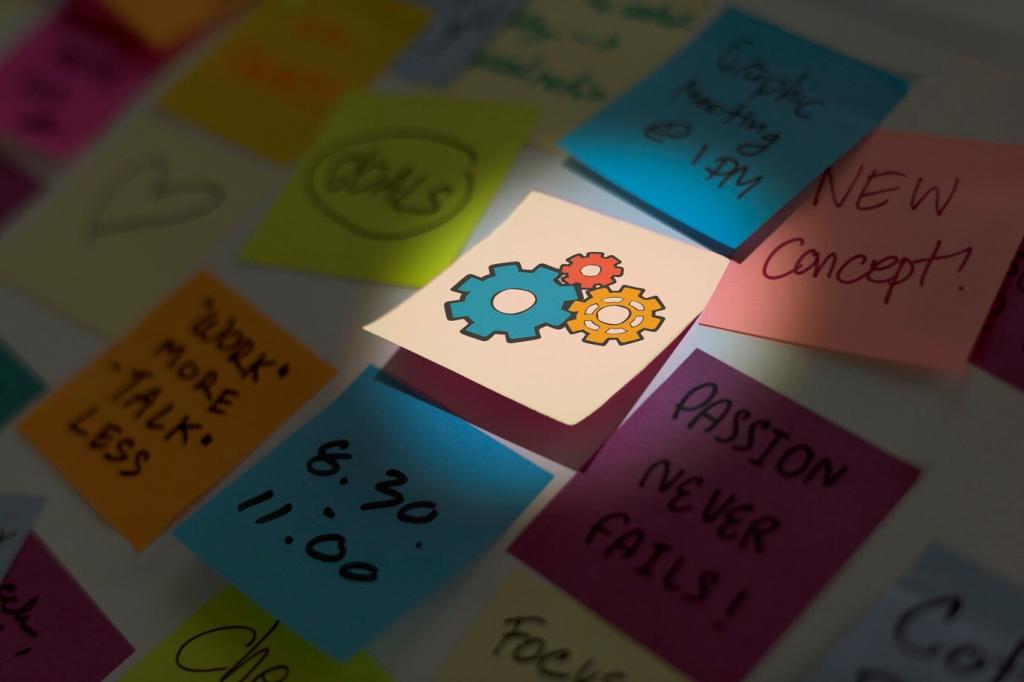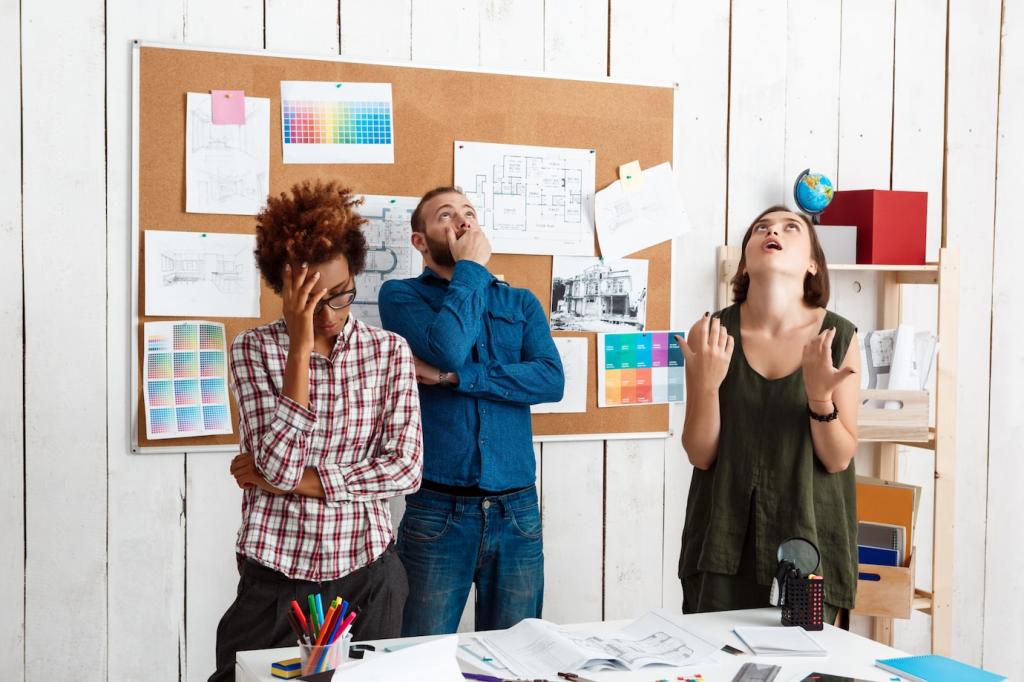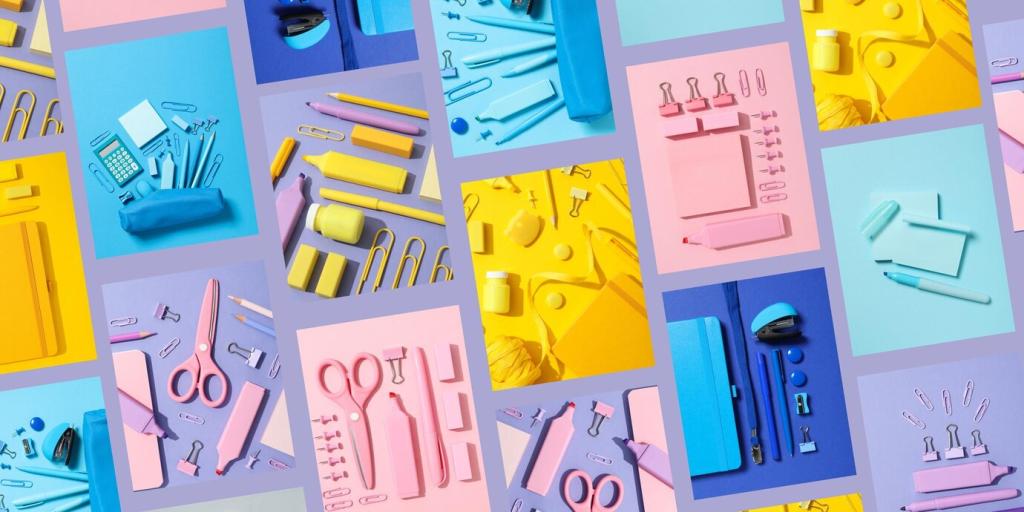Exploring Color Theory for Photographic Appeal
Chosen theme: Exploring Color Theory for Photographic Appeal. Discover how harmonies, contrasts, and psychological cues turn ordinary frames into unforgettable images. Bookmark this page, subscribe for weekly palette challenges, and tell us which color pairings you cannot wait to shoot next.





Color Temperature and White Balance
Warm, low-angle sunlight flatters skin and textures, while pre-dawn or post-sunset blues sculpt quiet, contemplative scenes. Deliberately mix them for nuanced tension, letting warm subjects glow against cool surroundings, or flipping expectations to suggest mystery before the city awakens.
Color Temperature and White Balance
Tungsten, daylight, and neon often collide. Use gels, flags, or strategic framing to unify casts. Nail exposure for your key tone, then gently correct others in post, preserving purposeful color differences that enrich context instead of flattening the story.
Emotional Signals of Key Hues
Reds suggest urgency, passion, or danger; blues calm and stabilize; greens restore and renew. Combine intentionally: a red scarf in a blue scene can symbolize persistence, while a green accent becomes hope, anchoring your visual arc without a single caption.
Cultural Meaning and Context
Color symbolism shifts by region and era. White may signal purity or mourning; gold can imply celebration or excess. Research your audience beforehand, then test palettes with a small group, listening for surprise reactions that reveal unspoken cultural connotations and expectations.
Palette Arcs Across a Series
Plan a sequence that evolves from desaturated cools to saturated warms as a character gains confidence. Keep continuity using repeating motifs—shoes, signage, or foliage—so viewers subconsciously track transformation through color, not just plot, fostering deeper engagement and shares.
Wardrobe, Props, and Backgrounds
Previsualize two to three dominant hues before packing gear. Coordinate clothes, props, and locations to support that palette, leaving room for one controlled accent color that punctuates emphasis without overpowering subject expression or gesture in the final frame.
Harnessing Negative Space
Choose uncluttered surfaces—painted walls, skies, or fabric backdrops—that provide breathing room for your chosen hue. Negative space amplifies color relationships, clarifies subject intent, and invites captions or typography if you later design posters, covers, or social posts.
Seasonal and Weather Palettes
Lean into nature’s cycles: spring pastels, summer vibrancy, autumn ambers, winter blues. Overcast days yield soft analogous harmony; harsh noon light heightens contrast for bold complementary setups. Embrace the weather as your palette collaborator, not merely a shooting condition.
Editing and Color Grading Techniques
Target hue, saturation, and luminance to separate subjects from backgrounds without cartoonish oversaturation. Subtle luminance tweaks on a single hue can lift skin or foliage beautifully, retaining believable textures while guiding the eye along the path you designed in-camera.


Editing and Color Grading Techniques
Use RGB curves to sculpt contrast by channel, gently shaping color separation. Split toning introduces cinematic mood in shadows and highlights. Camera calibration nudges primary channels, aligning your RAW base with the palette you envisioned on location.
Saving a Drab Portrait With Complementary Props
A rainy-day headshot felt lifeless until a borrowed orange umbrella entered the frame. The teal building behind suddenly sang, the subject’s eyes brightened, and the client later said color finally matched the personality they hired me to capture.
Triadic Serendipity on a Busy Corner
I waited near a crosswalk painted yellow. A cyclist in cobalt and a vendor wearing red collided compositionally for two seconds. The triadic harmony clicked, strangers laughed, and the resulting frame became a community poster that locals still recognize.
Minimalist Monochrome for Focus
When chaos overwhelmed a market scene, I stripped the palette to layered blues. Simplifying color quieted the background, elevated gesture and texture, and drew comments from followers who asked for the exact settings and vowed to try monochrome studies themselves.
